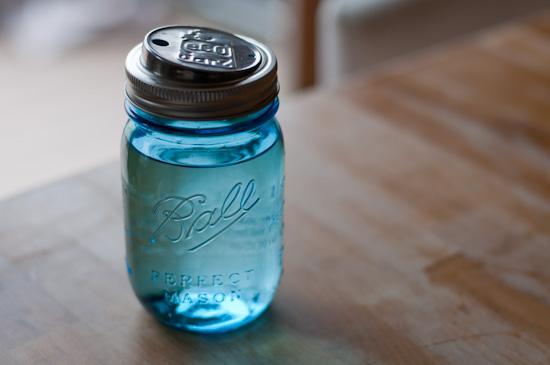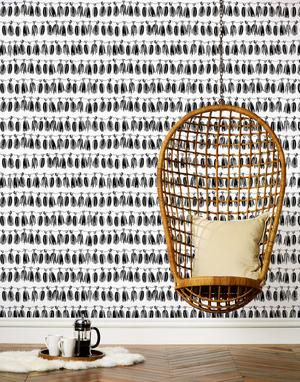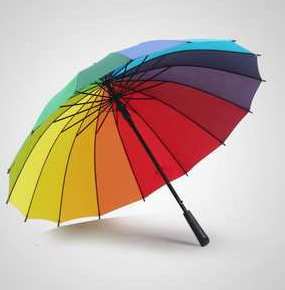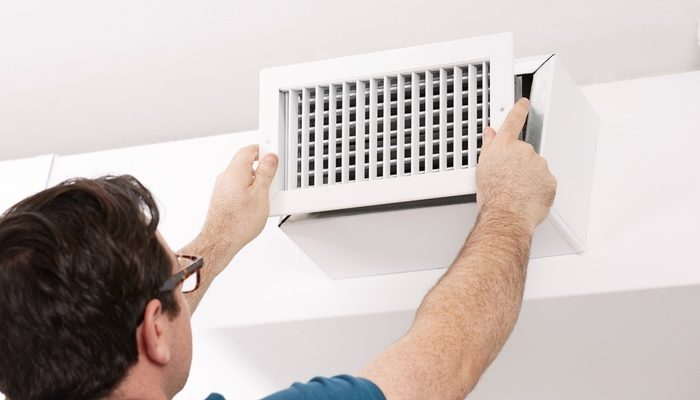GoodWeave is working to eliminate
I learned about GoodWeave after seeing an ad in Lonny Magazine. This is an impressive and crucial organization.
GoodWeave is working to eliminate child labor one rug at a time. {One of the things I’m enjoying most about writing this blog is learning about people doing good things, I mean, REALLY good things, like at GoodWeave.}
CHILD LABOR = BAD
We know it exists but did you know it’s rampant in the Rug industry?
When I think about the beautiful area rug we have in our living room, the rug my son plays on every day, the rug we inherited from my in-laws and think of the possibility a small child could have made this rug? I can’t bear it. These children are sold and trafficked to work 12-18 hour days as early as 4 years of age; or they are unable to access education and are sent to the factories to work in countries such as Afghanistan, India and Nepal.





